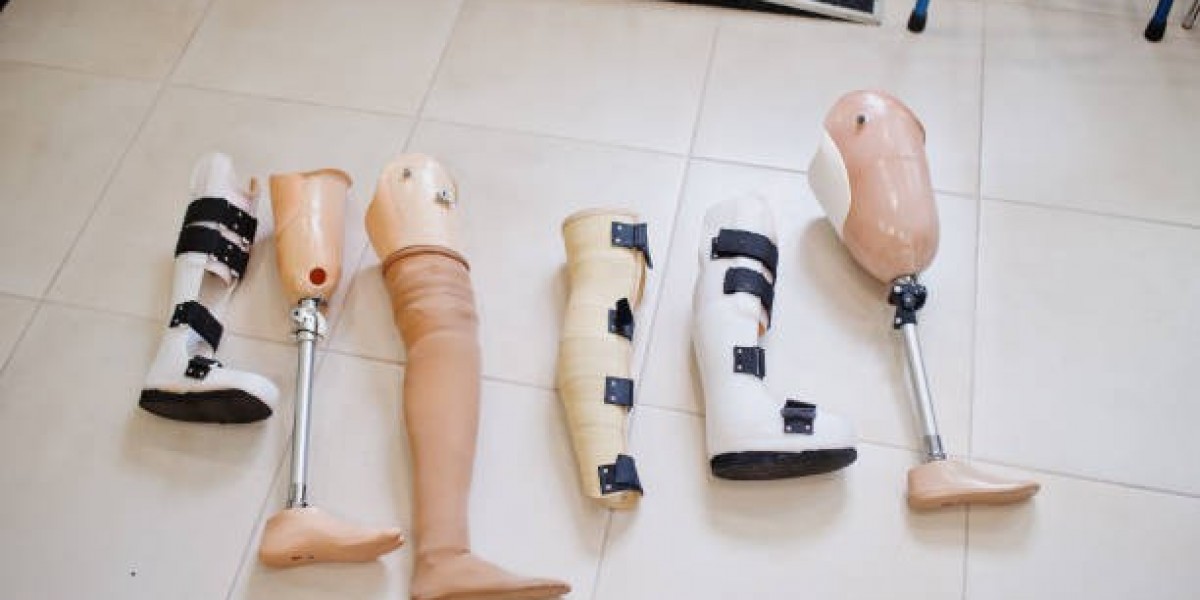A Transtibial Prosthesis is a medical device designed for individuals who have undergone a below-the-knee amputation. The Transtibial Prosthesis allows users to regain mobility, improve their independence, and return to daily activities. Whether due to trauma, disease, or congenital conditions, the need for a Transtibial Prosthesis is growing steadily. The use of a Transtibial Prosthesis involves understanding its function, how it’s designed, and how users adapt to it in real-world settings.
1. Introduction to Transtibial Prosthesis
A transtibial prosthesis replaces the portion of the leg missing below the knee. This prosthetic device must offer both stability and comfort for the user. It consists of several essential parts that work together to mimic the natural function of the lower limb.
Main Components:
Socket: Custom-fitted part that interfaces with the residual limb.
Pylon: A tube-like structure connecting the socket to the foot, providing support.
Foot: Engineered to simulate the natural foot’s movement and ground interaction.
Suspension System: Holds the prosthesis securely to the residual limb.
2. Design Considerations and Materials
Modern Transtibial Prostheses are made using lightweight, durable materials like carbon fiber, titanium, and advanced polymers. Each device is customized for the individual, taking into account:
Weight distribution
Activity level
Residual limb shape
Skin sensitivity
These factors ensure the user gets the best comfort and mobility possible. A well-designed prosthesis can help reduce the risk of pressure sores and joint strain.
3. Fitting and Prosthetics Services
Proper fitting is critical, and this is where Prosthetics Services come in. These services involve trained professionals who:
Assess the residual limb and overall health
Design and fabricate the custom prosthesis
Offer training for walking and daily use
Provide ongoing adjustments and care
Key Benefits of Quality Prosthetics Services:
Improved mobility and independence
Reduced pain and discomfort
Enhanced prosthesis lifespan
Support for emotional and psychological well-being
With the help of skilled clinicians, patients can transition smoothly into using their prosthesis.
4. Usage and Rehabilitation Process
The journey to using a Transtibial Prosthesis effectively involves several stages:
Initial Fitting
A temporary prosthesis may be used while the residual limb heals.Physical Therapy
Includes exercises to strengthen the leg and improve balance.Gait Training
Helps users relearn how to walk using the prosthesis.Routine Adjustments
Regular checkups ensure optimal fit and performance.
5. Conclusion
The Transtibial Prosthesis plays a vital role in restoring function and improving quality of life for below-knee amputees. With advancements in design, materials, and the support of skilled Prosthetics Services, more individuals can live active, independent lives. Selecting the right prosthesis and working closely with healthcare providers are essential steps to success.































